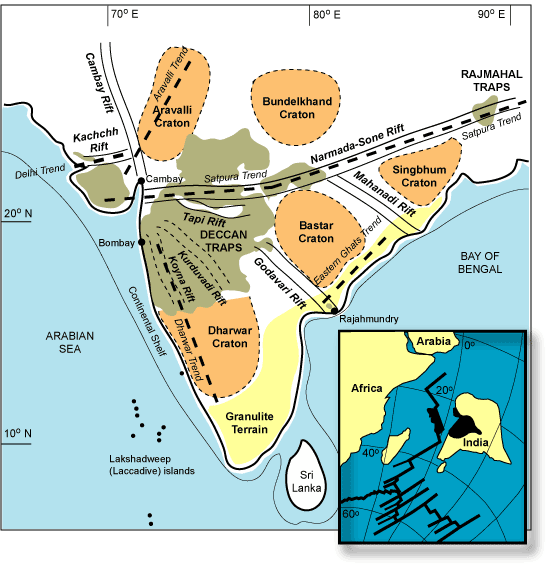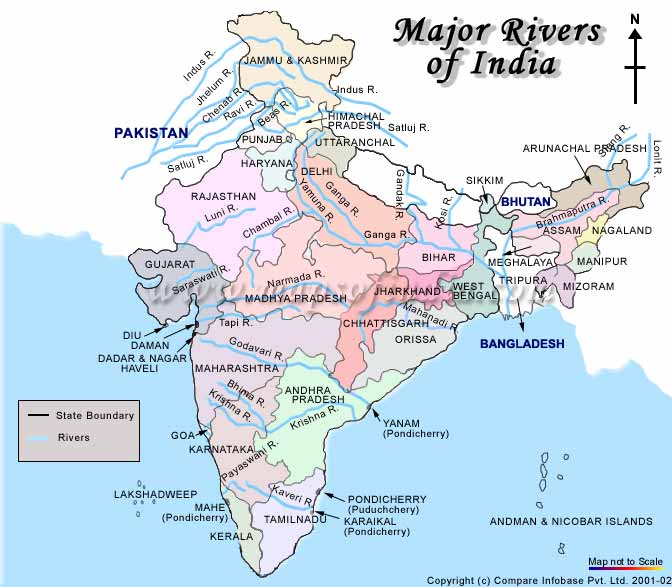|
Tuesday, September 21, 2010
Mission Clean Ganga
Livestock in INDIA
Livestock

As high as 70% of livestock market in India is owned by 67% of small and marginal farmers and by the land less. 60% of livestock farming labor is provided by women and more than 90% of work related to care of animals is rendered by womenfolk of the family. Indian Livestock is reared in close human proximity where they form component of the life system of the people. Cows, buffaloes, bullocks, mule and donkeys are not just utility animals, but also companions at work for the toiling poor who rear them along side their own dwelling. India has 53% of world Buffalo population and 15% of world Cattle population. In terms of sheep population, India ranks fifth after Australia, China, Iran and New Zealand.
Production area
Rajasthan, Jammu, Kashmir, Uttar Pradesh, Gujarat, hilly regions of North and Eastern Himalays are the Indian regions with maximum livestock population.
Growth promotional activities
The Indian government has collaboration and policies to provide guidance for a more holistic planning, implementation and monitoring of animal husbandry projects. Following plans have also been made:
- Also, the government has planned to assure a sound Natural Resource Management (NRM) Sphere co-ordination and implementation at country level for SDC.
- Create / enhance synergy between the activities of the Livestock production and Dairying (LPD) and Sustainable Land Use (SLU) sectors
- Enlarge the scope for new and innovative interventions and for support to technical development and technology transfer.
- Promote and support validation, documentation and dissemination of experiences in order to contribute to the process of knowledge management in SDC and Inter cooperation (IC) and to strengthen inputs for policy and strategic dialogue with partners and actors in the NRM Sphere.
New Livestock Policy developed by the Indian Government in collaboration with the Swiss Development Corporation is a policy of ecocide of indigenous cattle breeds and a policy of genocide for India's small farmers.
Prominent among livestock supply from India are cows, buffaloes, camel, goats, sheep, pigs etc..
Wednesday, September 8, 2010
Deccan Trap
What do you understand by Deccan Trap? Describes its characteristics. (CSE 1995)
Deccan Trap is a thick sequence (3200 metres) of late cretaceous basaltic lava flows that cover about 500000 sq. km. of peninsular India. Due to erosion this basaltic lava soil has been eroded step wise which is often termed as Deccan trap.
This Deccan trap is widely prevalent in Deccan plateau, covering Saurashtra, Maharashtra, Karnataka parts of Tamil Nadu and Andhra Pradesh. Its thickness is not uniform rather it is somewhere deep and somewhere shallow depending on the surface whether flat or sloppy.
 |
| · It is largely called Black soil or regur soil. Owing to high proportion of clay content, they are sticky when wet and consequently difficult to plough. They develop under semi-arid conditions in the areas covered with basalt. · Deccan trap are lava country, here humus is almost absent in the soil and the black color of the soil due to the present of titanium salt. They are rich in lime. · The soil is moisture retentive and very productive especially in the low lands and in the river valleys where it is deep and clayey. · In the high hills and on the slopes. These soils are generally thin, sandy and poor. Potash and nitrogen, so essential for rich plant growth and phosphorus which essential for grain crops, are not adequately present in these soils. |
Read more about Deccan Trap:
Peninsular Rivers
| Describe the major characteristics of the rivers of Peninsular India. (CSE 2003) Numerous rivers traversing the Indian Peninsula are older than the Himalayan Rivers and embody the following major characteristics: · The sources of the Peninsular Rivers lie in the plateaus and low hills devoid of snow; therefore, most of the rivers are seasonal. · Most of these rivers can be said to have reached a mature state of development, presenting a senile topography. · These rivers flow through open and graded shallow valleys with low gradients and little erosion. · The Peninsular Rivers are either superimposed or at places rejuvenated (represented by small waterfalls), giving birth to radial, trellis or rectangular drainage patterns. · These rivers mostly have smaller courses and small basins. · These are devoid of meanders because of hard rock and non-alluvial character of the plateau. · The impermeable hard rock limits the groundwater recharge in the aquifers of peninsular rivers. · These rivers are although suitable for power generation in their upper reaches but have limited use in irrigation and navigation. |
| Why have the rivers of the peninsular India well-defined rigid channels in sharp contrast to the Himalayan Rivers? (CSE 1995) Ø Indian rivers can be categorized into two broad categories i.e. Himalayan and Peninsular Rivers. Ø Himalayan rivers have their origin in high Himalayan mountain and gradually coming down on plains and debouching themselves into Bay of Bengal. Ø This is not the case with the Peninsular Rivers. These rivers have their origin in Western Ghats which about 2000 metres above sea level thus not too high vis-à-vis to their Himalayan counterpart. Secondly the Peninsular Plateau over which peninsular rivers flows are hard, rigid and not sandy, alluvial in nature as in the North India. Thus, here two features do not give too much scope, to change their river course. Surface in this region are made of the rocks like Gneiss, metamorphic features. Thus, the Peninsular rivers like Godavari River, Krishna, Vaigai etc. have their well defined rigid channels in sharp contrast to Himalayan Rivers. Ø Peninsular Rivers flowing through Western Ghats, does not find enough scope to carry enough alluvial soil or sediments to let it spread over at the surface of the Plateau. This factor also reduces the chances of non-well defined rigid channels. |

